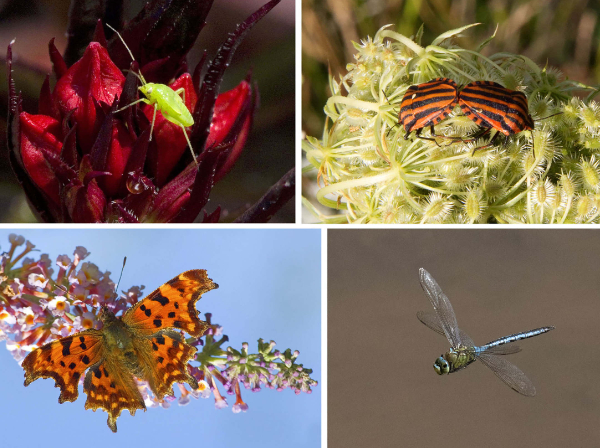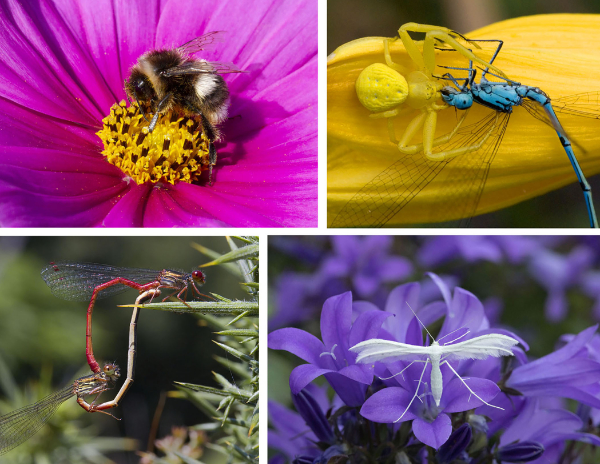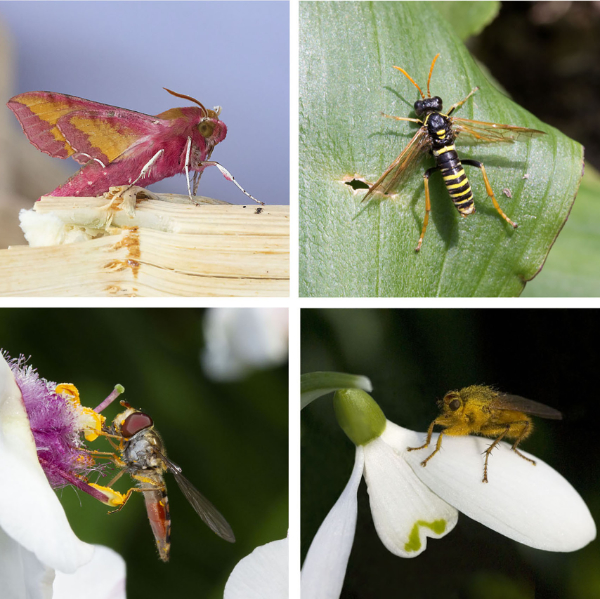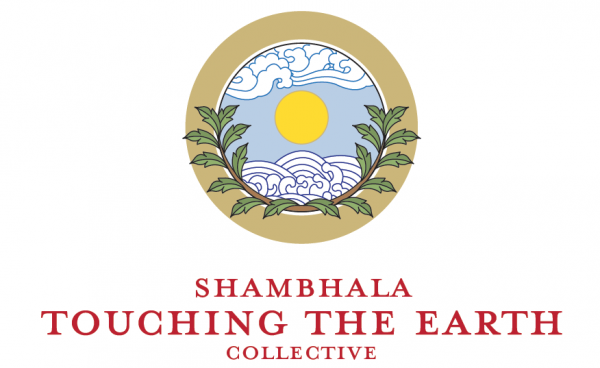Friday
Arts and Poetry, Community ArticlesInsects, Interconnectedness and Interdependence—Elemental Expression with Colin Tracy
An excerpt from the Touching the Earth Collective September Newsletter
Every month, we offer a space for one of the Collective’s members or friends to share their work, art, or passion…
Many people see insects as pests – farmers and gardeners especially. As a gardener l recognise the battle with the little creatures that eat my precious vegetables and flowers! Whitefly, blackfly, white butterflies and their caterpillars, wasps – all cause us to get hot under the collar. As time has gone on, however, I have begun to see the value and beauty in all the many different insects. So many different, forms, colours, sounds and roles. My love of macro photography, an insatiable curiosity and the help of the Buddhist teachings on interconnectedness and interdependence have enabled me to see beyond the irritation!
I remember as a child how numerous insects were—the garden always abuzz and a car windscreen splattered with insects. However, insect numbers in the UK have declined by about 70% in the last fifty years and l believe this is the case globally. What is troubling is that today’s younger generation see the current levels of biodiversity and abundance as the norm. What was the norm for the older generation is different to the norm for the younger generation. The decline isn’t seen by the younger generation as the baselines have shifted.
The use of pesticides and herbicides as well as a warming climate have been responsible for the decline in insect numbers—along with humanity’s attitude to them, which is often about eradication rather than wonder. There is no discrimination when an insecticide is used—it kills or disables in some way all insects that it touches. Bees that pollinate a flower that has been sprayed will lose their ability to orientate themselves. Even plants in the garden nurseries that are labelled ‘bee friendly’ have been shown to have been sprayed with up to 5 different pesticides (Dave Goulson, ‘The Garden Jungle).
Interconnectedness
The major consequence of insecticides is the disruption of the finely balanced ecosystem that the Earth is. The symbiotic relationship between plant and insect is often entirely specific between the species involved. If that insect species goes extinct then that plant goes extinct—and vice versa. Many of these symbiotic relationships have developed over 120 million years or so and have affected other species in turn, causing them to evolve in their own particular way.
A frequent question is ‘What use is a wasp?’ Well, all insects have a ‘use’ in that they are an integral part of the whole; some tend the soil by breaking down and digesting dead plant matter enabling plants to thrive on a nutrient rich soil; some are predators of other insects and help keep a balance, others are pollinators, almost all are food for something else. Whether we see their ‘use’ or not, every creature has its place in the finely balanced whole.
Interdependence
Some insects rely on other insects as a source of food, just as birds, bats, rodents, amphibians and humans do. If that source of food is taken out of the system then the whole system is weakened. If enough species go extinct then the whole system at some point will be on the point of collapse. This is where we are now. Without insects it is doubtful that we humans can survive let alone flourish. We are utterly dependent on them.
This is why I am writing this now. By seeing clearly the interconnectedness and interdependence of all beings, perhaps we can adjust our perception of insects from being a nuisance at best and something to be eradicated at worse. I hope these photographs can help you see the beauty in all insects not just the pretty colourful harmless to humans creatures. All these beings have a need for food and water, the urge to mate and reproduce and even to stay clean (have you every seen a fly cleaning its legs or eyes?) and a deep desire to survive—just like us. Without them we will not survive so please do all you can to provide for them—don’t try to get rid of them but let them be a part of our beautiful balanced world.
*****





















